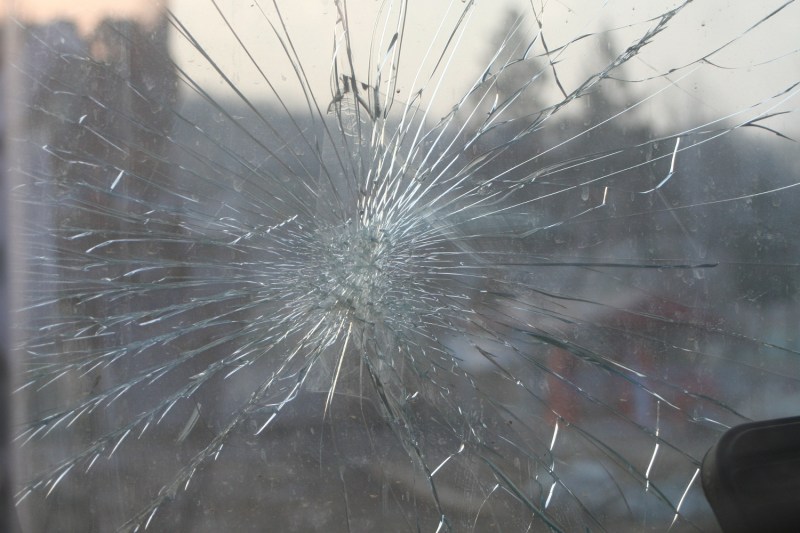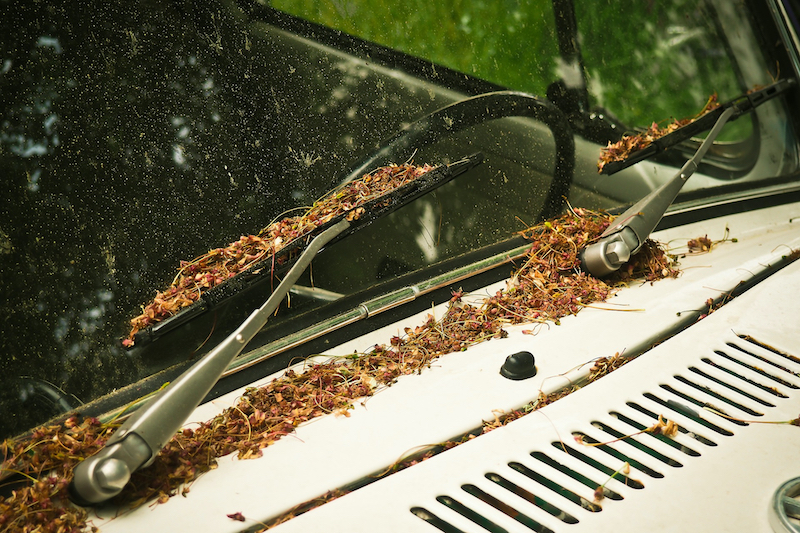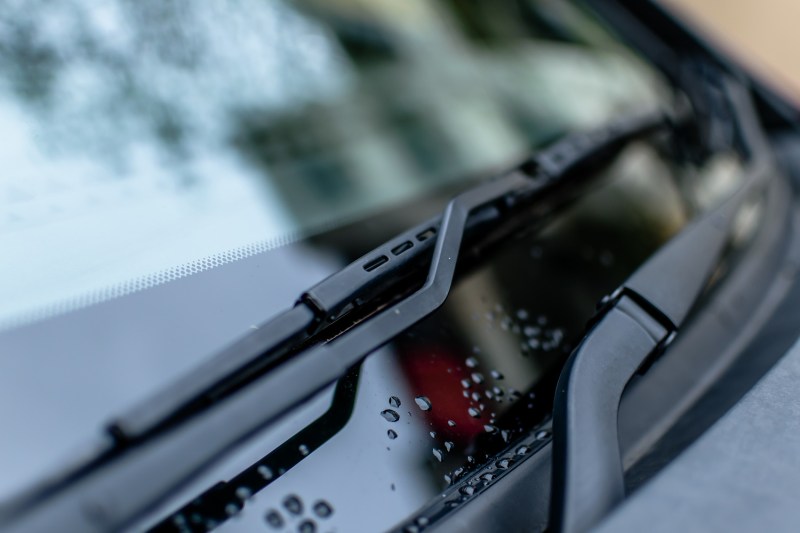Let's be honest here: Out of all the routine maintenance items your car needs, few tasks are as simple or as widely neglected as keeping up with your windshield wipers. If your wipers are looking a little sad, leaving streaks on your windshield, or making driving in the rain feel like a life or death experience, now would be a good time to learn how to change windshield wipers on your own. We've got your back.

Step 1: Find The Right Wipers For Your Car
The first step to swapping out your windshield wipers is figuring out what kind of wiper you're currently working with. To do this, you need to know two things: First, what kind of wiper attachment your car uses, and second, what size wipers you need.
The overwhelming majority of cars on the road use one of three standardized wiper attachments: Hooked, straight, or side-mounted. That's a good thing, because it means any major auto parts chain should carry blades that fit your car. They should also be able to look up the right type and size wiper for you in-store, which takes a lot of the guesswork and measuring out of the equation. If you're looking to go the full DIY approach though, you can also look up and determine your wiper type on your own. The easiest way to do this is to simply look it up in your owner's manual, but if you don't have one handy, you can just go out and remove the blades currently on your car to figure it out. Here's how to do that.

Step 2: Protect Your Windshield
Your next move is to put something between the wiper and the windshield to protect the glass underneath while you work. To do this, grab your windshield wiper arm and lift it a few inches from the glass. At this point you'll want to take note of where the end of the wiper arm sits on the windshield, and slide something soft between the wiper and the glass to protect the windshield itself. No need to get fancy, any old folded t-shirt, microfiber towel, or piece of cardboard works: So long as it keeps the wiper arm from damaging the glass underneath, it'll do.

Step 3: Remove Your Old Windshield Wipers
Now that you've got our windshield protected, it's time to get down to brass tacks. To remove your old wiper blades, start by pulling up your wiper arms about 90-degrees until the spring-loaded mechanism at the bottom locks the arm out pointing up in the air.
From this point, the process depends on the type of blade attachment your vehicle uses, but they all work in a pretty straightforward way. If you've got a "J-Hook" style attachment, you simply need to push the blade itself down toward the base of the arm until it pops off the hook. If you've got one of the other common systems, you'll typically be looking to push in a tab or two on the sides of the blade, then slide the wiper out while the tabs are depressed. It shouldn't require a great deal of force, so when in doubt, check your owner's manual.
Once you've got your blades removed, compare them to your new windshield wipers to make sure they're the same length and attachment style. If you're going the DIY method mentioned above, this will tell you everything you need to order the correct size and style replacement blade for your vehicle.

Step 4: Install Your New Windshield Wipers
Truth be told, once you've got your old blades off, the hard part is done. Installing new windshield wiper blades is as simple as clipping the new blades into place, which always works the exact opposite way you took your old blades off.
Once you've got your new blades clipped into place securely, go ahead and remove whatever protective barrier you placed on your windshield earlier, and give the new blades a test run by turning on your car and flipping them on the lowest speed setting. If they track smoothly and securely along your windshield, your job is done.
Note: Some replacement blades come with multiple attachment brackets in the package, providing a "one blade fits all" solution regardless of which system your current blades use. Make sure you install the same attachment type as the previous blade before trying to fit them to your wiper arms or you'll make this job a lot harder than it should be.
FAQs
After reading this how-to article, you still may have a few questions. For instance, you may be asking yourself: How often should I change my car's windshield wipers? Or you may be wondering what signs you should look out for to know when it's time to change your windshield wipers. We'll answer these questions below.
How often should I change my car's windshield wipers?
Unlike other wear-and-tear items, there's no set timeframe to change your car's windshield wipers. Most of the time, you change them when you notice that they're not working as well as they used to or they have a lot of wear on them. If you're looking for a set schedule, we recommend changing your car's windshield wipers every six months to a year. That's a good rule of thumb for most people to follow. Keep in mind that cheap windshield wipers will only last a few months, while high-quality ones could make last for up to a year.
What signs should I look for to know when I need to change my car's windshield wipers?
There are a few clear signs you should keep an eye out for with your windshield wipers. The first one is obvious and include streaks and smears. If your windshield wipers are leaving streaks of water or smear after immediately using them, they need to be replaced. Also, keep an eye out for areas that your windshield wipers aren't reaching. This means that your car's windshield wipers have stopped reaching certain parts of the windshield because of a bent frame or old rubber.
Another sign is obvious damage. Windshield wipers can be fragile and damage easily, especially if you use them to clean off a dirty windshield with windshield washer fluid. If your windshield wipers have signs of damage, cracks, or uneven edges, it's time to replace them.
Noises can be a great way to diagnose car issues. If you notice that your windshield wipers are making a chattering sound as they skip their way across the windshield, that's another sign that your windshield wipers are on their way out. Additionally, high-pitched squeaks or noises could be a sign of worn-out windshield wipers.
Editors' Recommendations
- A Tesla owner transformed his Model X into a van life vehicle, complete with a bed and camp kitchen
- The FIA’s F1 racing rules and regulations: Understand how the motorsport works
- This is how virtual reality and simulators are used in F1 racing
- These are the car modifications you should avoid
- How to keep up with F1 standings, team points, and more




